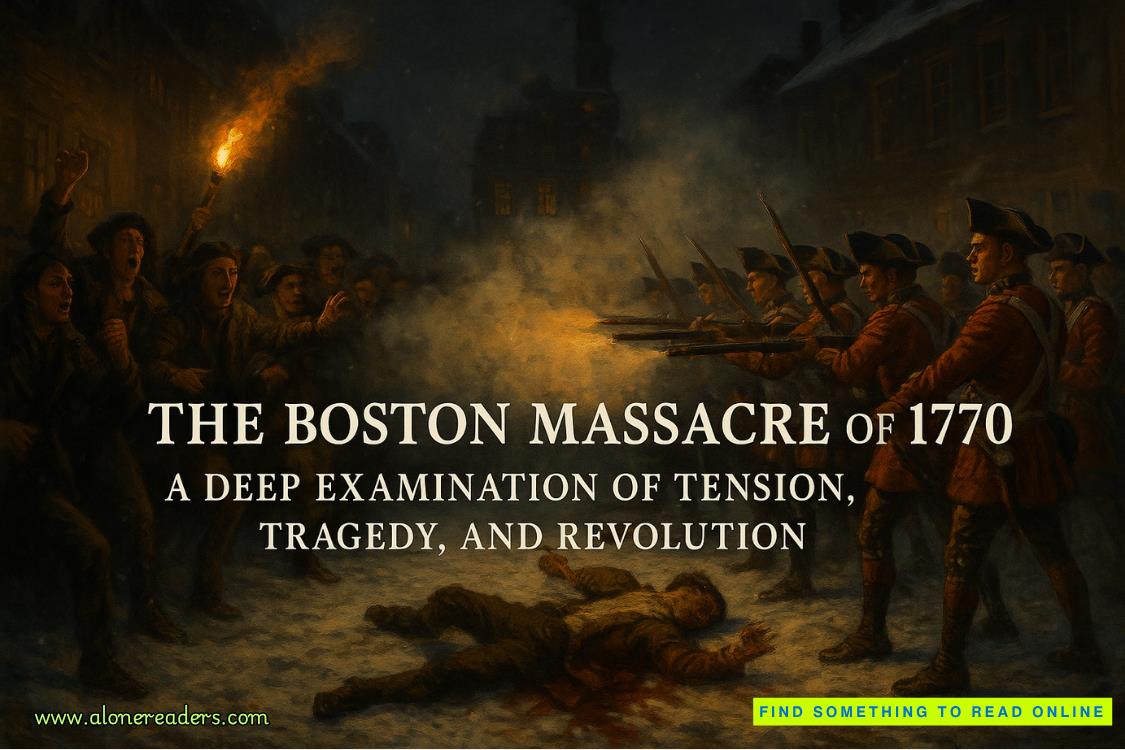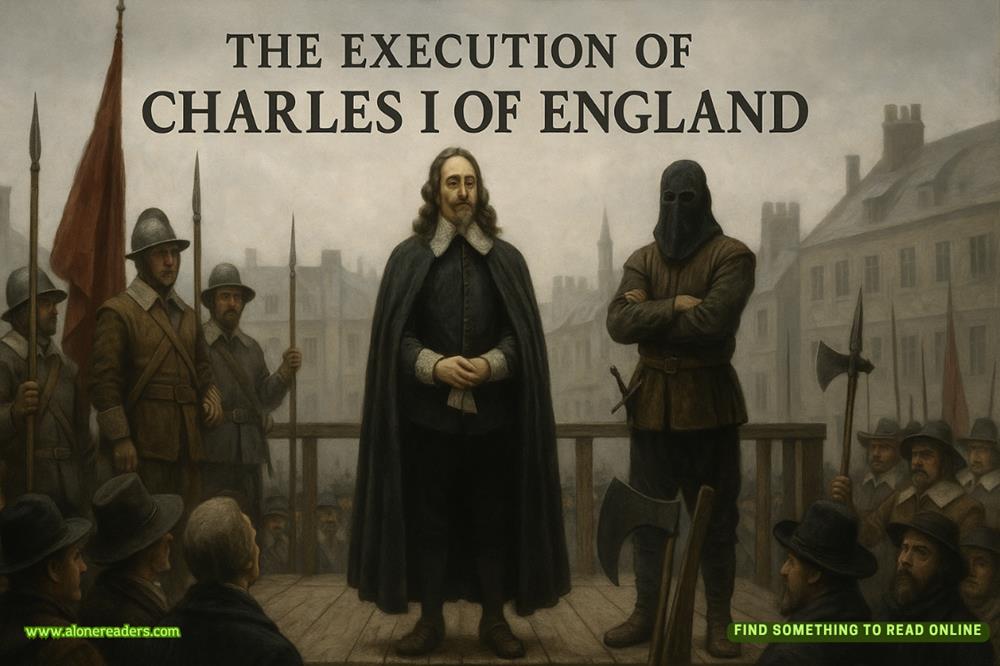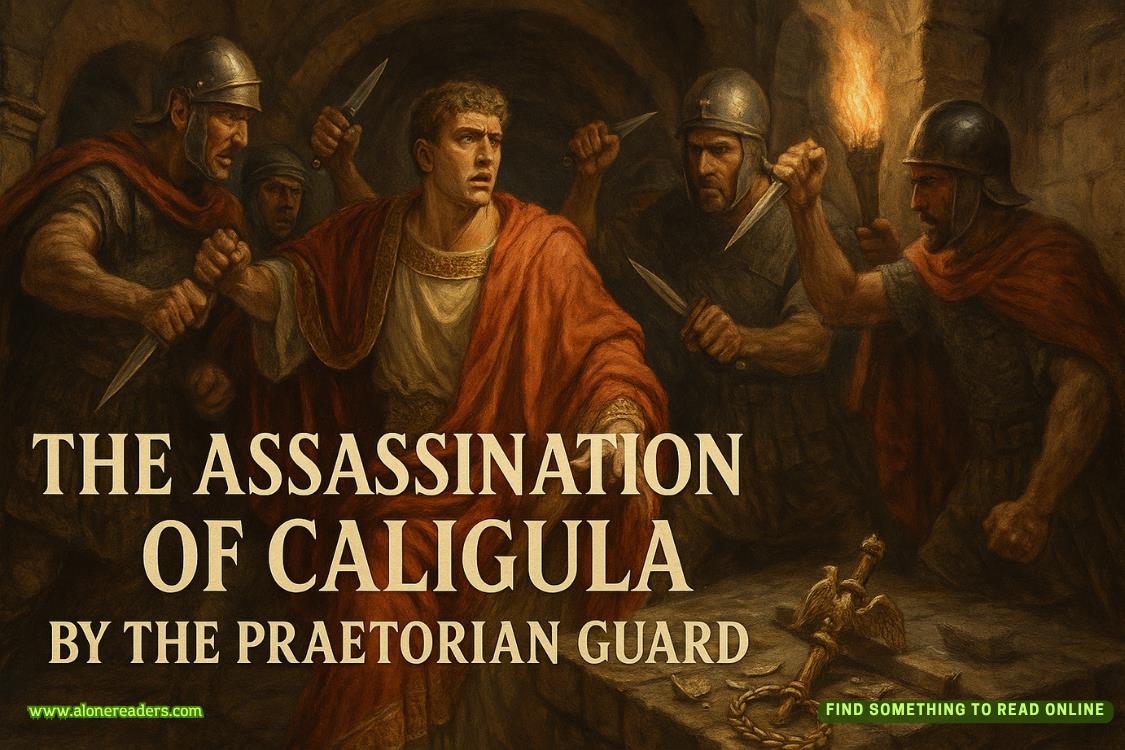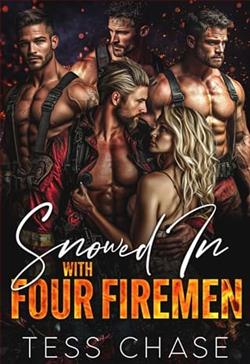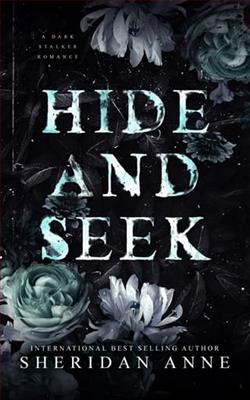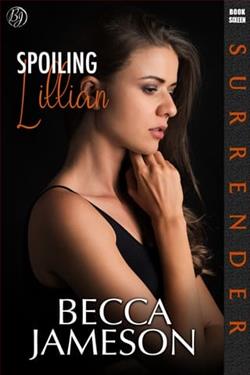Page 70 of Tricked By Jack
I run my fingers along the sleeve of a jacket, the fabric is expensive beneath my touch. This is how he presents himself to the world—controlled, moneyed, contained. My eyes catalog details with professional efficiency, shoes polished to a mirror sheen, ties arranged by subtle gradations of color.
My attention shifts to the back wall, where the shelving unit doesn’t quite meet the ceiling. There’s a gap there—subtle, easily missed if you weren’t looking for architectural anomalies. I press my palm against the wood, feeling for inconsistencies.
A slight give on the right side suggests a pressure point. I push, and a section of the wall swings inward with a soft click. Behind it, a narrow ladder ascends into darkness. My pulse quickens as I step back, processing this discovery.
I strain my ears, listening for any sound that might indicate Jack’s unexpected return. The house remains silent except forthe occasional creak of settling wood. I have time, but not unlimited. Each minute I spend exploring increases the risk of discovery.
My fingers close around one of the ladder’s rungs. The metal is cool and dusty, suggesting infrequent use. I pull myself up one step, testing its strength. It holds firm.
The rational part of my brain—the part trained in risk assessment and survival—warns against proceeding. If Jack returns and finds me here, the consequences could be bad. But it’s not like he’s explicitly told me I can’t go snooping.
In fact, he said nothing. He just left. So… fuck him.
There’s no point in pretending I haven’t already made up my mind. So I place my foot on the bottom rung and begin to climb.
At the end of the ladder is a trapdoor. When I press my palm against it, I feel resistance. It’s not locked, just stuck from disuse. I push harder, and it gives way with a reluctant groan, swinging upward to reveal the darkness beyond.
The attic air is dense with age and secrets, particles of dust hanging suspended from the rafters. I ease myself fully into the space, scanning the shadowed corners with trained precision.
The chain tugs tight by the time I’m halfway through the attic opening. I haven’t reached the end of my shackle, yet. But I’m close. The wind outside rattles against the eaves, creating a hollow moaning that seems to emanate from the wooden beams themselves.
This isn’t a space designed for comfort or display. It’s a repository—a place where memories go to be forgotten, not preserved.
Stacked cardboard boxes line the wall next to me, some sealed with yellowing tape, others open like discarded husks. I move toward them with measured steps, careful not to disturb the thick layer of dust that chronicles neglect.
My fingertips leave evidence of intrusion as I lift the flap of the nearest box. Inside, photo albums rest in funeral arrangement. I extract one, its leather cover cracked with age, and settle cross-legged on the rough wooden planks.
Three children stare back at me—unmistakably the Knight siblings. Nicklas, the tallest, his arm thrown protectively around a younger Jack’s shoulders. Next to them is Ruby, all small and almost pixie-like.
They stand before a lake, squinting against the summer sun, their bodies relaxed in the casual intimacy of siblings who haven’t yet learned to guard themselves from each other.
I study Jack’s face with clinical interest, cataloging differences between this boy and the man who caged me. His smile reaches his eyes, crinkling the corners in genuine mirth. There’s no cruelty in his expression.
The boy in the photo still had softness to him—rounded cheeks, a hint of sunburn across his nose. But now? Jack is all harsh lines and haunted hollows. That bone-cut jaw, those sharply carved cheekbones—he’s the kind of beautiful that hurts to look at.
He looks like something sculpted under pressure, like the world carved him out of bone and fury. It’s obscene how good he looks for someone who should terrify me.
As I flip through pages, watching time carve away at innocence, something shifts. The smiles tighten. Spaces appear between bodies once pressed close. Jack’s eyes gain a wariness, a calculation.
I recognize the birth of the man I know—the one who plans, who measures, who never reveals more than necessary.
When I’m done looking through the fifth or sixth photo album, a small Polaroid falls from the pages. It’s of a woman holding a baby. I pick up the small photo and turn it over. The date and names are written on the back. Jack and Mom.
After tucking the Polaroid back inside the album, I set it aside and turn to a long cardboard tube tucked between boxes. The end cap comes loose with a soft pop, releasing the scent of oils. I slide out a roll of what appears to be paintings, unfurling them carefully across the dusty floor.
A landscape unfurls before me—a shoreline at dusk, waves frozen in violent motion against jagged rocks. The technique is amateur, but the emotion is undeniable. Rage captured in brushstrokes, the sea a churning representation of an internal storm.
The next painting shows a woman I immediately recognize as Sienna Knight from the photographs—Jack’s mother.
Her face is rendered with painful precision, each line a reverent documentation of memory fighting against the erosion of time.
There’s something hauntingly beautiful and powerful about sensing the hunger for connection in the brushstrokes. Yet it’s also frustrating. I shouldn’t feel anything, let alone sympathy, for the man who’s chained me.
Yet I feel the pull all the way down to my soul. Like if I just touched his cheek, I could trace the origin of every fracture.
Banishing those thoughts, I unfurl more canvases, each revealing a new facet of what must be Jack’s inner landscape. A child’s bedroom, empty but for rumpled sheets. A pumpkin patch at night, orange globes glowing like embers against black soil.
“Subject displays unexpected depth of emotional processing,” I murmur to myself, falling into the clinical assessment that helps me maintain distance. “Artistic expression indicates a repressed trauma response.”




